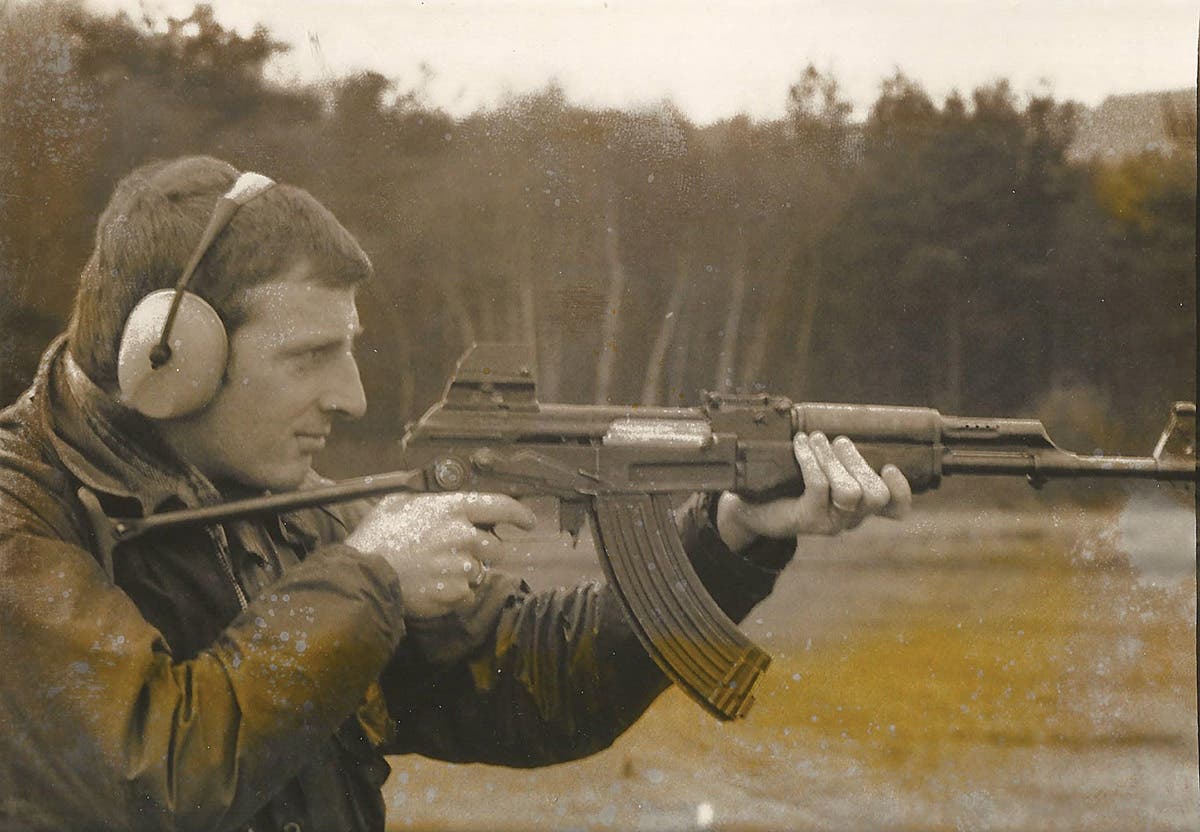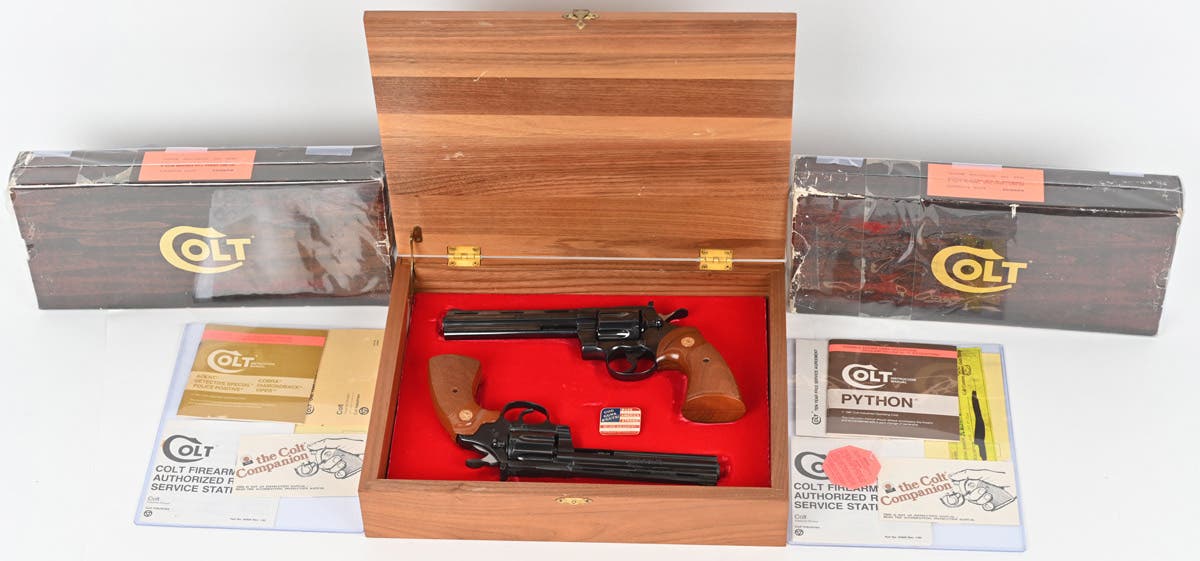Collecting 101: Research and document your collection
Sometimes there is more to what you bought than just the “hunt.” Research the item and it might return a whole lot more value than you originally bargained for.
In our rush to collect, we sometimes fail to really study what we have purchased. We love the hunt. When we find an interesting item, we buy it, place it on a shelf or in a notebook, and never take the time to really do research. Your collection, whether large or small, deserves your attention. We’ll look at three examples of how a more thorough analysis can increase the historical value of your pieces — and perhaps their market value.
— Although I don’t usually collect things from the First World War, I bought a mess kit dated 1918 at an estate sale. It was late on the last day of the sale and everything was half off. It was originally priced at $5; I paid $2.50. I couldn’t bring myself to just leave it there, perhaps to be thrown away. I thought that eventually I’d find someone who “needed” it for their collection. Before I tossed it in a trunk I studied it carefully. I saw a few scratches, but I couldn’t make out any words. With a magnifying glass I was able to make out the name of the NCO who had owned it. His last name — Hedden — matched the name of the woman whose estate sale I had attended. She was apparently his wife. I searched for him online and quickly found his draft card, his obituary, and several mentions of his name related to his WWI service. In just a few minutes of research, I added to the historical value of the mess kit. Is it worth more? Perhaps not, but it’s more interesting.
— A couple of years ago I picked up a copy of “TM 30-245 - Technical Manual German Phrase Book” for $6 at a local flea market. I already had a copy, but the price was right, and it was in good condition.
Inside I found the names of two soldiers who carried the book during WWII. One was Sgt. Harry A. Grace, and it included his serial number, 12182352. Internet searches quickly identified Harry as a member of the Office of Strategic Services — the OSS. The second name was Peter M. F. Sichel, who was born in Germany. His family fled to France when Hitler came to power. When war was declared in 1939 he was interned by the French as an enemy alien. He later went to work for the OSS. When the OSS was dissolved in September, 1945, Sichel took command of a unit in a successor organization, the Strategic Services Unit (SSU). The SSU was ultimately folded into a new organization called the CIA. Mr. Sichel stayed in the intelligence field until 1959. He then took over his family’s wine business, which later created the Blue Nun label. Because of his role as chief of the SSU, his employment by the CIA, and his leadership of a well-known wine company, this book has gained significant historical interest. It’s no longer just a language booklet. Is it worth more? Almost certainly.
— The third item is a small Red Cross map of Paris printed in February, 1945. I bought in on a WWII military forum. I paid $6 plus postage. The map index listed museums, churches, railroad stations and other places of interest to a soldier on leave in “gay Paree”. A few dozen phrases in French were included. It was nothing exceptional — I had seen it before —but it was fun to imagine a soldier, fresh on leave from the Battle of the Bulge, touring Paris with this map in hand. I turned it over and discovered that the Red Cross apparently had trouble finding blank paper, and had to use whatever was available. On the back of the map of Paris was a map in German of portions of Northern Ireland, including Newcastle, printed during the German occupation of France. This little map may not be worth a lot more money, but it tells an interesting story.
These are just three examples of how a little more information added to the historical interest of each item. Let’s apply this to your collection.
First, slow down in your rush to collect more stuff. Spend a little time studying what you already have. What scratches, symbols, and dates are clues to the history behind your items? Are there any library stamps or names on the item? Follow up on each clue. Sometimes you will learn that your WWII item is actually post-war. It happens. My research disclosed that two extensive videos of Peter Sichel were produced in 2018 (See by USAwarriorstories.org) and in 2020. I got to spend the better part of an hour “with” him.
If you researched an item more than a few years ago, do another search. More and more materials are becoming available online every day. Just a few months ago, the 1950 census became available. It may allow you to see which of your artifacts are connected to men and women who stayed in the service after WWII ended.
Second, too often collectors know all about their collections, but fail to document what they know. When your item transfers to the next owner, what you know will be lost. Consider this: When was the last time you bought an item that came to you with background research? Not some verbal comments, but something written down, with sources? It happens very seldom. Most items come to us with no information at all. My German phrase book is now accompanied by printed materials about both Harry Grace and Peter Sichel. My map of Paris (and Northern Ireland) now has an explanatory memo that accompanies it. This can be particularly important when you purchase more valuable items that may be subject to reproduction. When someone challenges the authenticity of the U-boat badge that you bought from a veteran who boarded the U505 in June, 1944, a photo of you with the veteran — with him holding the badge — and a signed bill of sale from him explaining where he got it, should quiet the nay sayers.
If you collect expensive items, you may wish to include photos in your documentation. When you sell an item, include a copy of your research. Such documentation will come in handy when you advertise to sell an item. It may increase your selling price, and it’s a great reference for insurance and estate tax purposes. It will allow you to continue to enjoy some of your items, after a fashion, even after you sell them. Such documentation may also keep your heirs from giving away expensive items.
By researching and documenting what you know, you will create a collection of greater and lasting interest. Such research is usually free, and can be done in your spare time at home.
*As an Amazon Associate, Military Trader / Military Vehicles earns from qualifying purchases.





